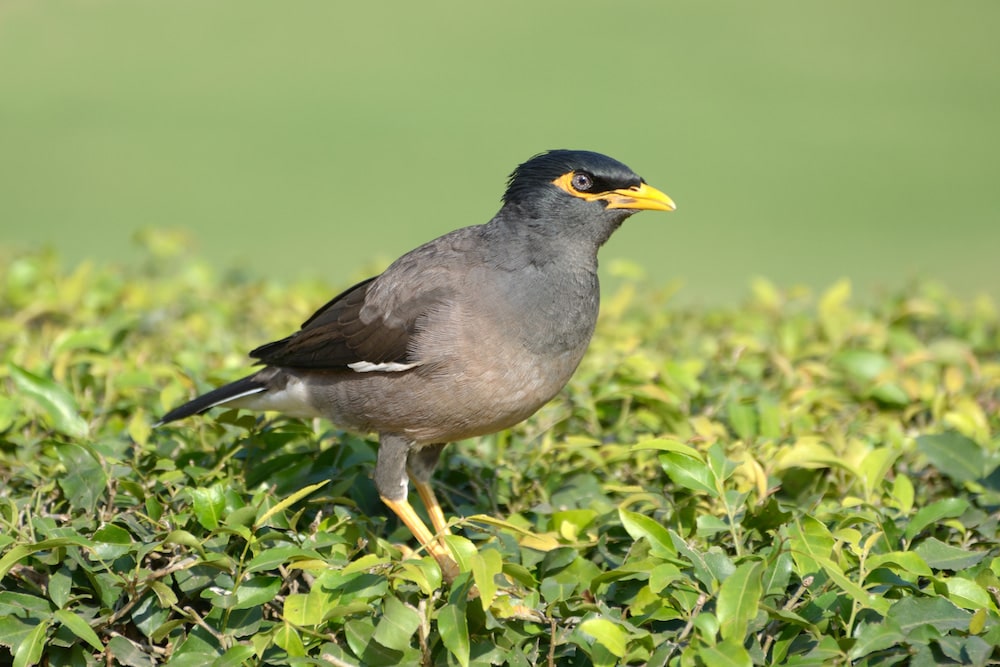The ACT Greens might want to raise the minimum age of criminal responsibility for minors – but mynas are a different kettle of fish. Or bird, rather. The feathered fiend is one of the most invasive species in the world, and its presence endangers native birds and animals.
This week, Environment Minister Rebecca Vassarotti declared that the Indian or common myna was a prohibited pest animal under the Pest Plants and Animals Act 2005 – an Australian first.
“While many people find Indian mynas are a nuisance, they have significant environmental impacts and to the community that we are really concerned about,” Ms Vassarotti said.
As mynas are an introduced pest species, the public can trap and dispose of them – either by gassing them themselves, or handing them over to the Canberra Indian Myna Action Group (CIMAG). Mynas cannot be bred or kept in captivity, except for eradication. Nor can they be sold or released into the wild.
In other words, it’s open season for this avian malefactor.
Bill Handke, president of CIMAG, welcomed this “first step in a more concerted and concentrated effort to control this pest”.
“This really is a profound decision because it will give a fillip and a boost to the control of this pest species, not just in the ACT region but hopefully up and down the eastern seaboard of Australia.”
Mynas were the prominent pests throughout the east coast, from Cairns to Bendigo, and in major cities, Mr Handke explained.
They take over nesting hollows of kookaburras and rosellas, destroying eggs and smothering chicks. They evict sugar-gliders and even brush-tailed possums. And they blockade up to 11 other tree hollows around their nest, starving the creatures inside.
The birds also carry avian flu, bird mites, and other diseases that can harm humans and pets.
When CIMAG started its eradication program in 2006, the myna was the third most common bird in the ACT. It is now the 24th most common – but a good breeding season and a limited supply of traps mean myna numbers have built up again.
The bird is increasingly seen along roads and crossings, and were a major problem around schools, cafes, and outdoor shopping centres.
Schools were hotspots for mynas, Mr Handke said; their faecal dust and droppings carried viruses. Allowing mynas to establish and congregate in big numbers around schools put kids at risk.
Mynas also posed risks to aviation. There were big roosts around Canberra Airport, and they fed on grasslands around runways.
The public can discourage mynas by eliminating nesting sites under eaves, cleaning up dog and cat food, netting fig trees and grapevines, and by planting native shrubs in their gardens.
Businesses should clean up coffee tables, and put lids on skips behind shopping centres. Rubbish bins should be bird-proof.
Do not feed the flying pests! They must be exterminated.
For more news:
- Government to commission full audit into ChooseCBR
- Acts of sexual decency: Labor backbencher proposes reforming sexual consent laws
- Liberals’ report criticises education strategy and school infrastructure
- ‘We have filed a case under your name’: Beware of tax scams – they’ll be everywhere this EOFY
- Canberra to get another Pfizer vaccination centre as Commonwealth supplies more doses



